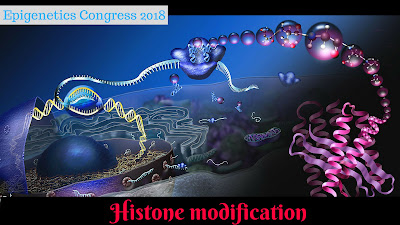Identification of Histone modification using a newly developed Probe

The packaging of nuclear DNA into chromatin maintained the Genomic integrity in living cells and protects it from damage and controls gene replication and expression. Histones are the number one protein components of chromatin and their post-translational adjustments alter chromatin structure and play an essential function in biological methods which include DNA repair, DNA replication, mitosis, and many others. A number of the changes, methylation of histone H4 at lysine 20 (H4K20) exists in 3 states, monomethylation, dimethylation, and trimethylation, each of which has different biological roles and is evolutionarily conserved from yeast to human beings. To deal with this assignment, a group of scientists led by Prof. Kimura from the Institute of innovative research, Tokyo Institute of technology, generated a genetically encoded live-cell imaging explore for sensitive tracking of the intracellular spatiotemporal dynamics of H4K20 monomethylation (H4K20me1). The probe is a sin


